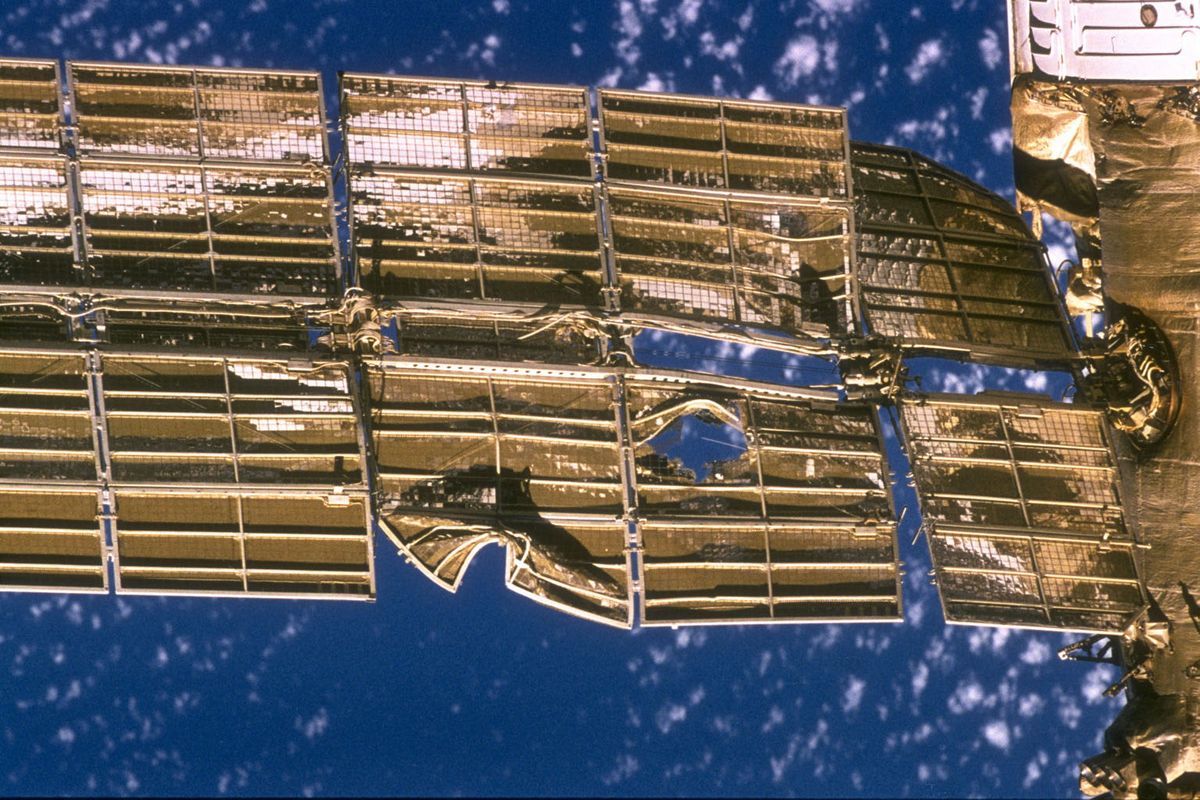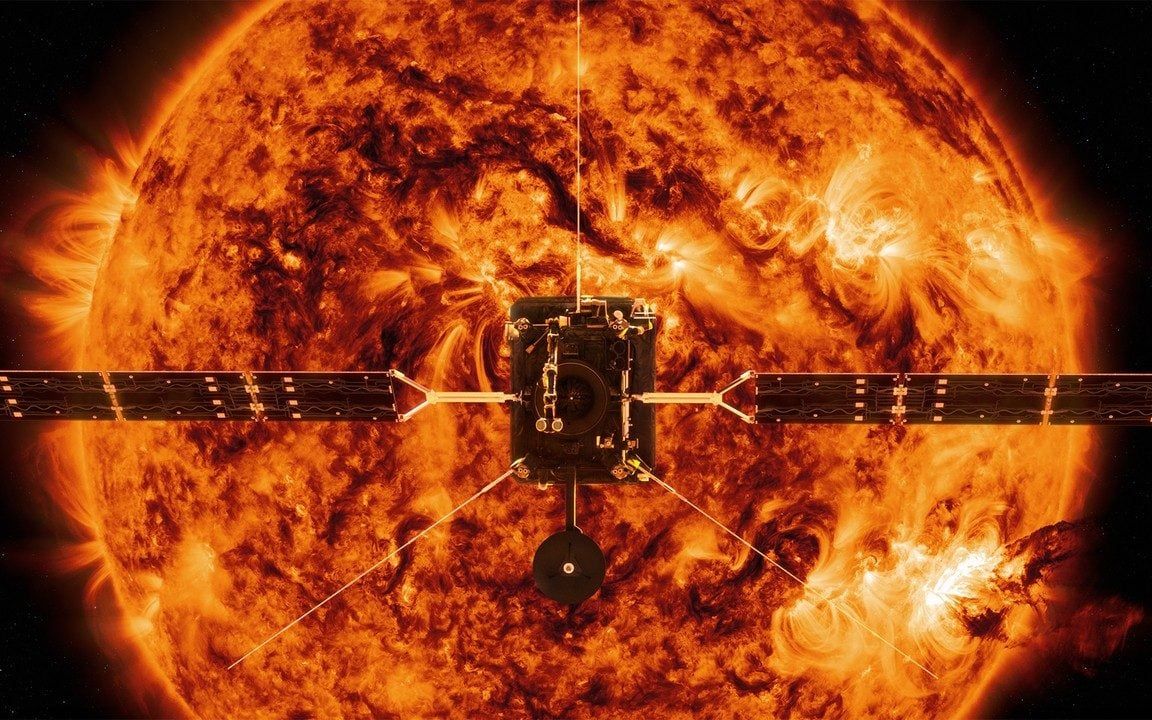We’ve missed you Pluto. (via Thrillist)
A new paper argues that Pluto should be considered a planet again.


On Jan. 1, NASA’s New Horizons will perform a high-risk, high-reward flyby of an ancient world on the outskirts of the solar system.
NASA’s New Horizons spacecraft is just over 100 days away from a high-risk, high-reward flyby of an ancient world on the outskirts of the solar system.
On New Year’s Day 2019, the spacecraft will come within 3,500 kilometers of 2014 MU69, an estimated 37-kilometer-wide object the mission team has nicknamed Ultima Thule. The encounter will take place 6.6 billion kilometers from Earth, where it takes more than 6 hours for radio signals traveling at the speed of light to reach NASA’s Deep Space Network.
There will only be one chance for New Horizons to perfectly aim its cameras and science instruments at Ultima Thule as it zips past at 14 kilometers per second, and there may be unforeseen hazards in the spacecraft’s path. Nevertheless, Jim Green, the director of NASA’s planetary science division, is looking forward to the drama.
NASA’s Hubble Space Telescope uncovered never-before-seen features around a neutron star.
An unusual infrared light emission from the nearby orb could indicate a dusty disk, or an energetic wind coming off the object and slamming into interstellar gas.
Either or.

NASA’s Transiting Exoplanet Survey Satellite, which began science operations in July, has released its first full frame image using all four of its cameras.

A devastating solar storm which could wipe out communications on Earth and fry power grids is a matter of ‘when not if’ the head of the Met Office’s Space Weather Monitoring centre has warned.
Extreme space weather has already caused widespread disruption, with a geomagnetic storm leaving six million people without power in 1989 while Apollo astronauts narrowly missed being exposed to deadly radiation in 1972 and solar flares in 2003 forced the crew of the International Space Station to take cover.
The largest solar storm ever recorded, The Carrington Event in 1859, knocked out Telegraph systems and even set fire to paper in offices.

Mike Dunn talked about the use of lava tubes for the Moon and Mars habitats. Mike has worked on The Mars Lava Tube Pressurization Project’s (MLTPP).

A recent contest challenged participants to create utopian designs of future human Mars settlements, and their creations are stunning.
In the HP Mars Home Planet Rendering Challenge, over 87,000 people from all over the world flexed their creative muscles to design the perfect colony on the Red Planet. Last summer, when HP launched the challenge, the participants started working on their designs, and the winners were announced on Aug. 14.
This challenge wasn’t just about creating a pretty, futuristic-looking, idealistic Martian colony. Indeed, the designs also had to show how the settlements would support 1 million colonists. The surface of the Red Planet is harsh, with an extremely thin atmosphere, intense radiation and dust storms that occasionally envelop the planet. [Mars Ice Home: A Red Planet Colony Concept in Pictures].
Could a planet ever collide with Earth?